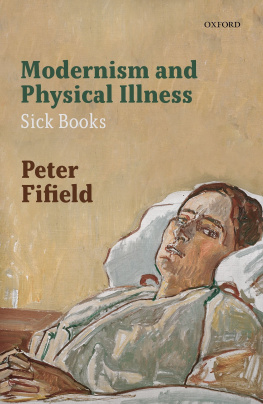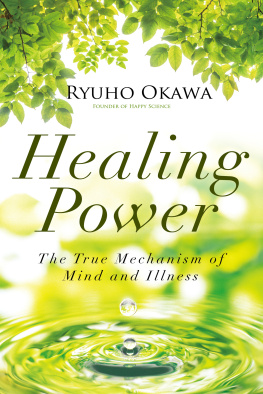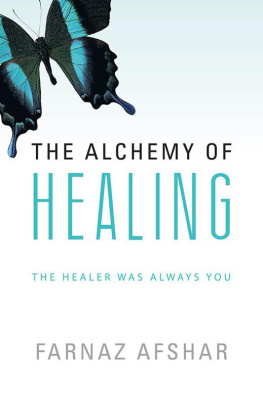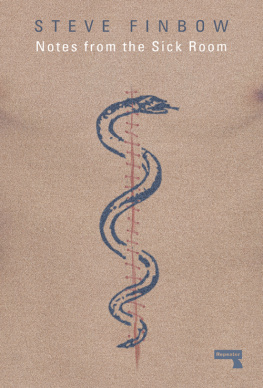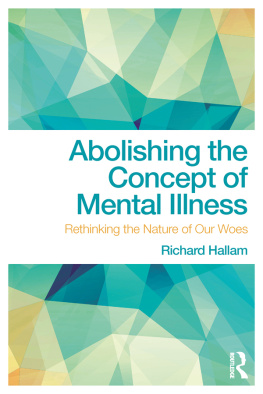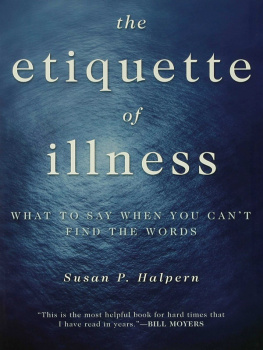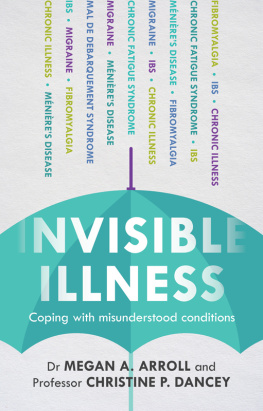Oxford University Press is a department of the University of Oxford. It furthers the Universitys objective of excellence in research, scholarship, and education by publishing worldwide. Oxford is a registered trade mark of Oxford University Press in the UK and in certain other countries
All rights reserved. No part of this publication may be reproduced, stored in a retrieval system, or transmitted, in any form or by any means, without the prior permission in writing of Oxford University Press, or as expressly permitted by law, by licence or under terms agreed with the appropriate reprographics rights organization. Enquiries concerning reproduction outside the scope of the above should be sent to the Rights Department, Oxford University Press, at the address above
You must not circulate this work in any other form and you must impose this same condition on any acquirer
Clays Ltd, Elcograf S.p.A.
Links to third party websites are provided by Oxford in good faith and for information only. Oxford disclaims any responsibility for the materials contained in any third party website referenced in this work.
Acknowledgements
As one is taught to do when compiling a bibliography, I have endeavoured to document my indebtedness from the beginning of this research. An advantage of this process has been periodic fortification when, over the years of writing this book, I have added to a long list of clever, supportive, and kind people. In particular, I would like to thank Tim Armstrong, Laura Ashe, Anthony Bale, Elizabeth Barry, Suzannah Biernoff, Anna Camilleri, Catherine Charlwood, Scott Crawford, Isabel Davis, Joanne Edge, Antonia Fitzpatrick, Andrew Gaedtke, Abbie Garrington, Stephen Hearn, Clara Jones, Roger Luckhurst, Laura Ludtke, Kirsty Martin, Ulrika Maude, Scott McCracken, Rob Mitchell, Jacqueline Norton, Laura Salisbury, Emily Senior, Cathryn Setz, Kirsten Shepherd-Barr, Emily Troscianko, Hannah Williams, Jo Winning, Sue Wiseman, and the two anonymous readers for Oxford University Press. This work began at the end of my time as a Junior Research Fellow at St Johns College, Oxford, an institution that allowed me to redirect my writing as my interests and research led me. The book was completed after moving to the Department of English and Humanities at Birkbeck, which is a creative, energizing, supportive, and friendly place to work. Here I have been able to change the ways of thinking and writing that I developed as a PhD student, and learn to do other things with books. In this process one group has been especially helpful: I am indebted to my students, whose intelligence, knowledge, and interest have enriched this research. They continue to teach me that hardest of things: how to learn.
Thanks go to Winifred Holtby Estate for permission to quote from the MS of South Holtby, and to Faber and Faber for permission to quote from the poetry of T. S. Eliot and Philip Larkin.
I would like to give special thanks to my family. My father for his love in challenging times, and Katy, for her constancy, intellect, and kindness.
Much of this books composition occurred alongside the end of my mothers life, which has marked it more visibly than may have been the case with another topic. Indeed, one of this projects central messages is that illness should notcannotbe a private affair, kept away from the impersonal pretensions of professional life. First diagnosed with cancer in 2000, as I left home to attend university, my mother overcame four separate instances of the disease before dying of the fifth, seventeen years later. She taught me to speak, to read, and to write. In all senses, as she liked to tell me, she grew me. This book is dedicated to her.
Contents
Madame Sosostris, cameo clairvoyant in The Waste Land, is the first note of humour in a serious poem. A figure of ill-judged gravity, her exotic name and mystic profession sit comically alongside the fact of her bad cold. Eliots joke is at her expense: she didnt see this coming. Her illness also provides one of the first instances where The Waste Lands characteristic qualities emerge. The cultural and mythic scaffoldingthe domain of the fisher king, the sibyl, and the tarotrub up against the mundane grubbiness of everyday modernity, typified by a cold. Eliots nevertheless indicates that Sosostriss peerless wisdom is to be believed in the face of contrary evidence: she can prognosticate from the man with three staves and the drowned Phoenician sailor, but appears to have missed the prognosis of that first sniffle. However, by being the butt of the poets joke, she does in fact indicate what is to come, both for her poem and for modernism more widely. Her cards and her cold are, as it were, symptomatic of modernism. They mix the high and low, the sacred and profane, the arcane and universal, the intellect and the body. And this is all foregrounded by Eliot by means of that most ubiquitous, least symbolically freighted, of ailments.
Illness is a central preoccupation of literary modernism. The periods intense concentration on interiority, non-normativity, and the varied experiences of the embodied consciousness calls, for a critical response that accounts for the ill subject quite as much as the healthy. Modernist responses to illness help to bridge the gap that the philosopher Havi Carel has described between the naturalistic and phenomenological accounts of being sick. The former, she argues, establishes a description of illness constituted of physical facts alone. This description is objective (and objectifying), neutral and third-personal.
Modernist writing does not enter this debate on either side but encompasses and imbricates elements of both. Its sense of formal experiment and the defamiliarization that this brings to the reader is itself resonant with the lived experience of illness given in phenomenological accounts. To fall ill unexpectedly is to have ones natural attitude thrown into relief: what was once so simple that it fell beneath notice is suddenly and vividly impossible. In sickness and modernism alike, a world that may otherwise appear self-evident is made newly strange by an altered, thickly-textured means of engagement: everything is transformed utterly. Modernism shows this to be true not only for first-person experience of illness, but for that of third parties as well. As such, the present work discusses numerous depictions of an inability, refusal, or indifference to entering sympathetically the sensations of the ill subject, notably T. S. Eliot, for whom illness often marks distance from and disgust with the bodies of racial and social others. Illness thus brings home the strangeness of other humans, as well as the renewed foreignness of an experiential world once habitual. As such, just as in illness, where the otherness of my body becomes problematically visible because of its capacity to go wrong, the characters, places, voices, and events of the modernist text are vigorously present to the reader in their resistance to ready comprehension. In the place of a strong plot there may be no clear sense of development or even eventfulness with which to navigate a novel. The narration of a modernist text is, then, likely to deepen the sense of dislocation and disorientation, with plural, ambiguous, non-linear, limited, contradictory, or partial characteristics.

